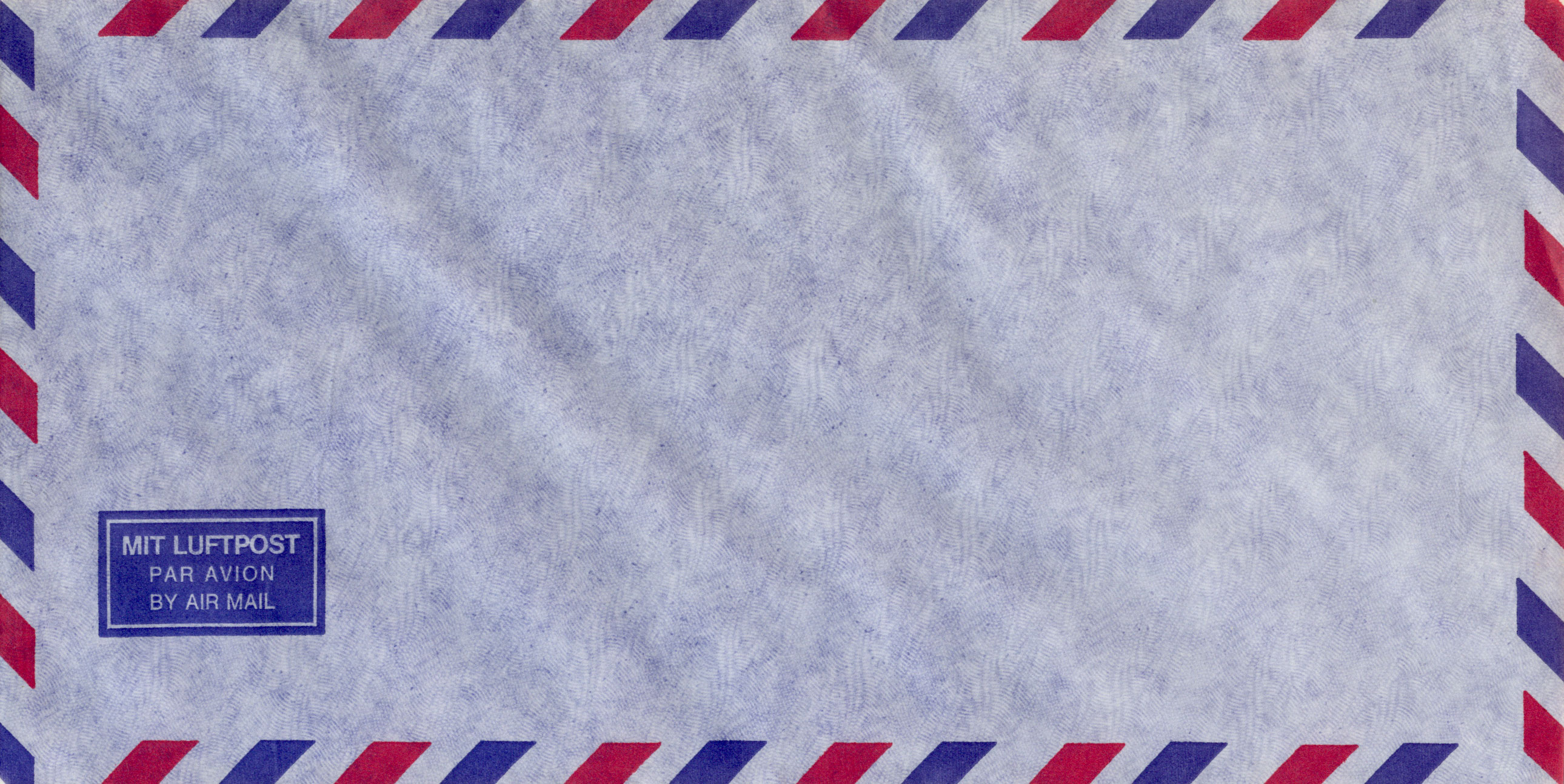Book Report: Send - The Essential Guide to Email for Office and Home
 I think that David Shipley and Will Schwalbe may have been looking over my shoulder the past 14 years, because every mistake I've ever made using electronic communication (and its solution) is cataloged in Send: The Essential Guide to Email for Office and Home
I think that David Shipley and Will Schwalbe may have been looking over my shoulder the past 14 years, because every mistake I've ever made using electronic communication (and its solution) is cataloged in Send: The Essential Guide to Email for Office and HomeI'm always a believer that if you understand a bit about how something works, you understand how to use it better. Send starts with a discussion of where email came from, what the different parts of a message are, and how it gets split into packets, each of which are sent on its merry way out on the Internet before being reassembled at its destination (this is actually an interview question I like to ask software engineering candidates). In the section entitled "When should we email?" Shipley and Schwalbe lay out some good guidelines for when it is and is not appropriate to send email versus other forms in of communication. In the process, they echo some of my own feelings about how tone needs careful consideration in email, :
"Try an experiment. Call a friend and say, 'I'm mad at you' in a tone that conveys that you aren't - the tone you would use if the next sentence was something like, "You didn't tell me about your promotion." Then ask your friend if she thought you were truly angry. The answer will probably be no. Now imagine what would have happened if you sent that pal an email that read, 'I'm mad at you.'"The real meat of Send can be found in Chapter 4: Six Essential Types of Email. There, they explain the most common types of email that are sent and enforce best practices for each:
- The Ask: A Guide to Requesting
- The Answer: A Guide to Responding
- The Facts: A (Snort) Guide to Informing
- Gratitude: A Guide to Thanking
- Groveling: A Guide to Apologies
- Social Glue: A Guide to Connecting
Labels: Book Reports





0 Comments:
Post a Comment
<< Home